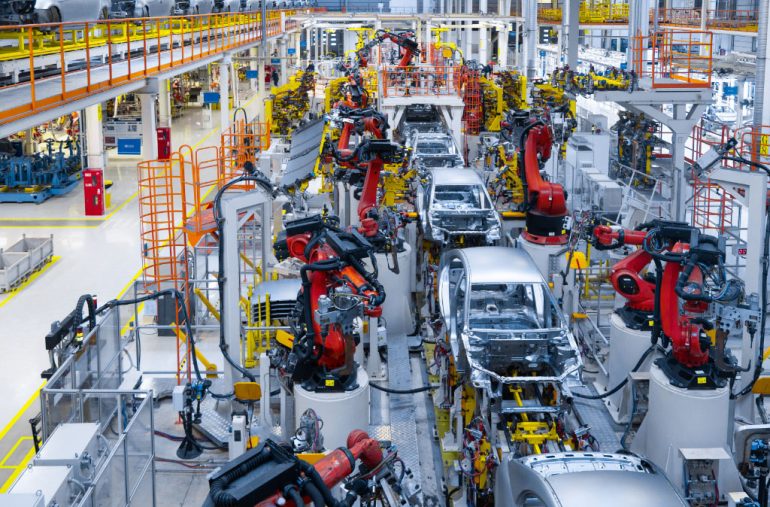Automotive

The American auto market may be approaching its most significant downturn since the COVID-19 pandemic, and it’s not just because fewer people are walking into showrooms. A combination of shifting international trade policies and supply chain dependencies is poised to trigger a noticeable decline in vehicle production and sales, with ripple effects that could reshape the automotive landscape well into 2025.
One of the most immediate impacts is the potential disappearance or delay of much-anticipated new models like the Kia K4 and the next-generation Hyundai Palisade. That’s because analysts predict that global vehicle production could drop by more than 1.55 million units next year. According to S&P Global Mobility, total new vehicle production might cap off at around 87.91 million units by the end of 2025, representing a 2 percent decline from this year. While that may sound marginal, it would mark the second consecutive annual drop and the most pronounced slump since the pandemic brought the industry to a near standstill in early 2020.
What’s causing the slowdown? A significant piece of the puzzle is the recent imposition of auto tariffs by the Trump administration. In April, a 25 percent tax was levied on all vehicles and auto parts not manufactured within the U.S. The result has been an immediate shift in how foreign automakers do business with America. Companies like Audi, Aston Martin, Land Rover, Bentley, and Polestar — all of which primarily build their vehicles overseas — have started throttling back U.S. imports. Instead, they’re leaning on existing stateside inventory and reevaluating their long-term strategies.
To put things in perspective, Japan alone exports about 1.4 million vehicles to North America every year. The projected 1.55 million vehicle shortfall could essentially wipe out that entire pipeline, with broad consequences for consumers, dealerships, and the aftermarket industry.
In response, the U.S. government has championed a push for increased domestic production. Automakers such as Volvo, Honda, Mercedes-Benz, and Nissan have all indicated plans to ramp up their U.S.-based manufacturing or even open new North American facilities. Nissan, for instance, confirmed that it will build the Rogue in the U.S. going forward. However, these are long-term solutions, and as industry insiders acknowledge, it could take years before they bear fruit.
The irony, of course, is that building more cars in America doesn’t necessarily make them cheaper. Around half of all vehicles sold in the U.S. are imports, and even American-made cars often rely heavily on imported parts — sometimes as much as 60 percent. While recent moves to ease taxes on steel and aluminum help soften the blow, the reality is that tariffs and rising labor costs could make U.S.-built vehicles more expensive than their imported counterparts, not less.
And then there’s the human cost. A downturn in production and sales isn’t just an industry stat; it directly impacts the workforce. S&P Global predicts that U.S. sales could decline by as much as 3 percent this year, in lockstep with the projected 9 percent drop in North American vehicle output. That sort of contraction inevitably leads to job cuts. Case in point: shortly after the tariffs were introduced, Stellantis announced temporary layoffs affecting 900 workers at five U.S. facilities, while halting production at two plants in Mexico and Canada. The move followed a steep 14 percent year-over-year drop in Q1 sales.
As automakers, suppliers, and policymakers navigate this new terrain, the coming months could prove pivotal. Whether through renegotiated trade terms, rapid domestic scaling, or strategic partnerships, the automotive industry will need to adapt quickly to avoid the kind of prolonged slump that leaves lasting damage. For now, buyers waiting for their next car might find fewer options on dealer lots, and higher price tags on the ones that remain.
FOLLOW US TODAY:

